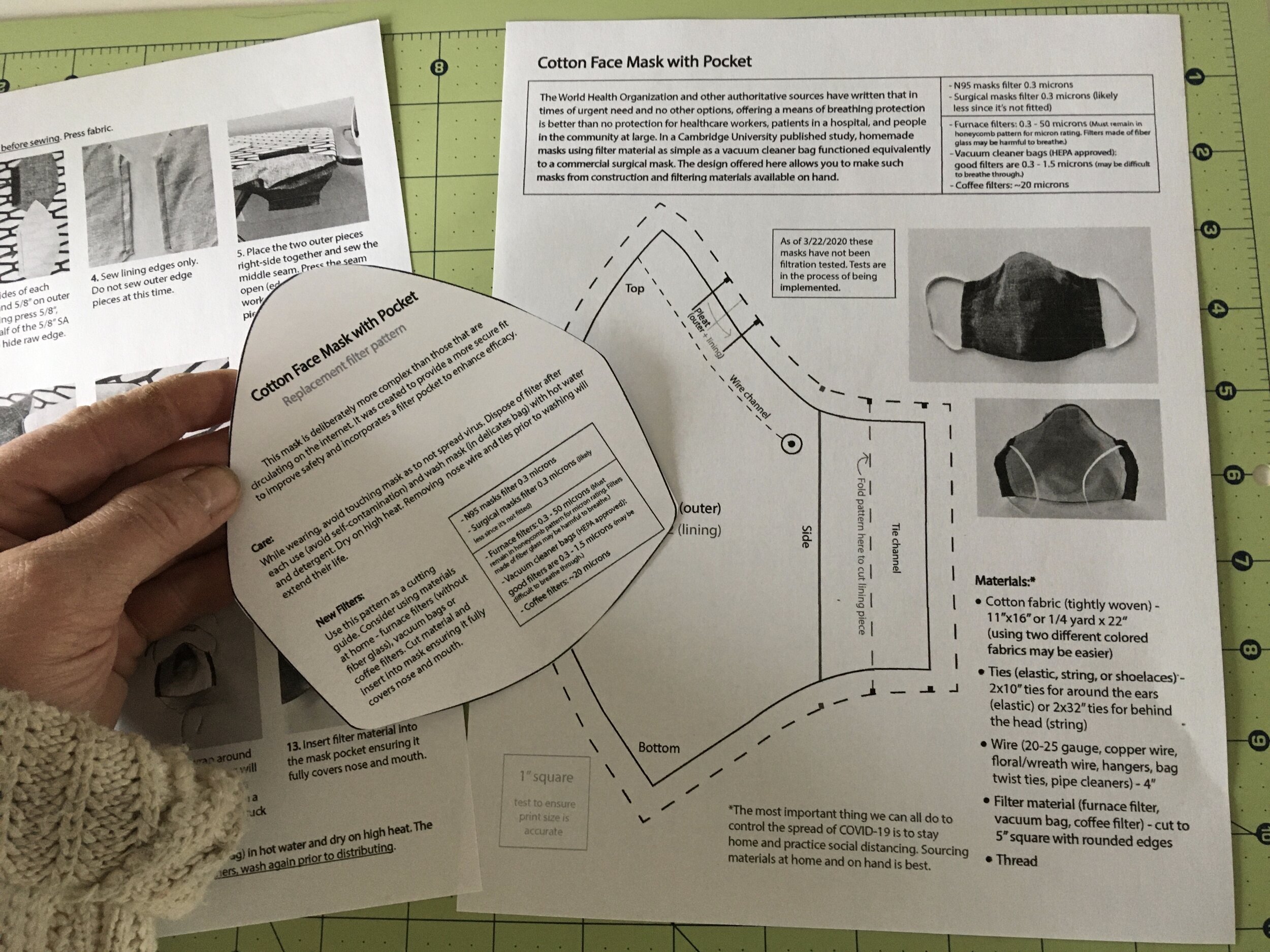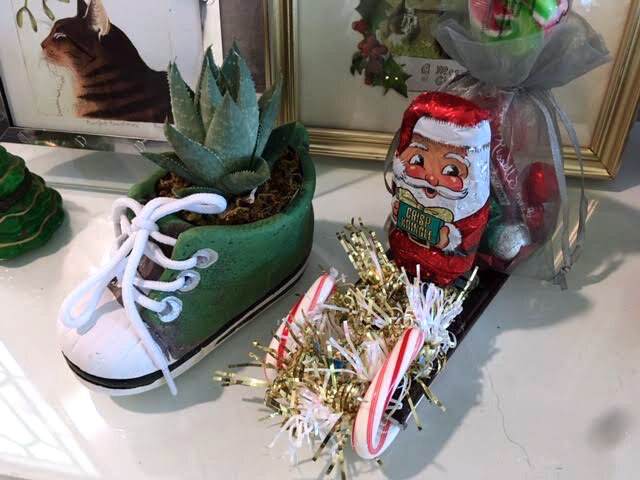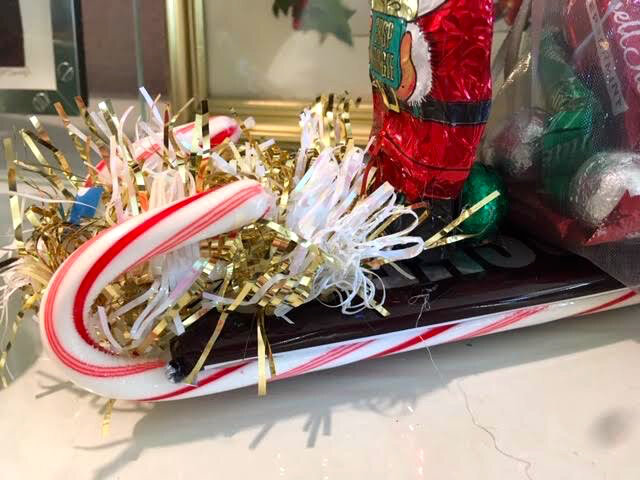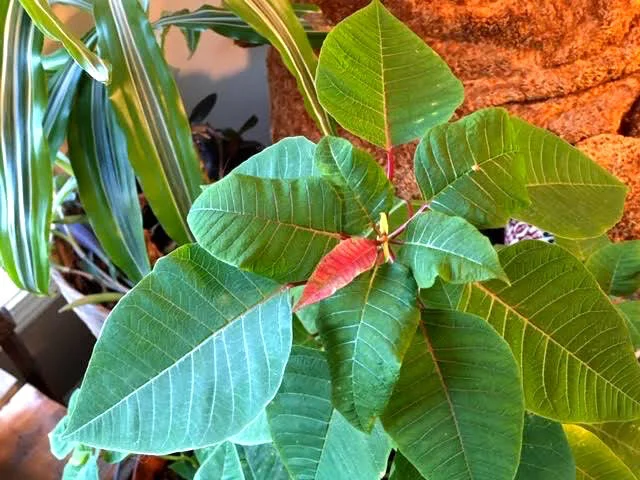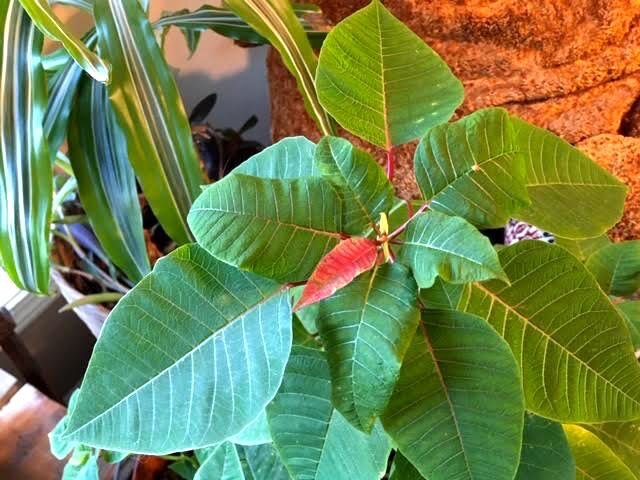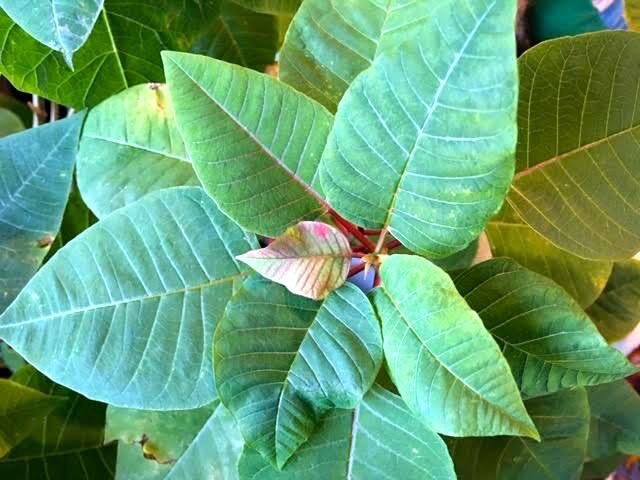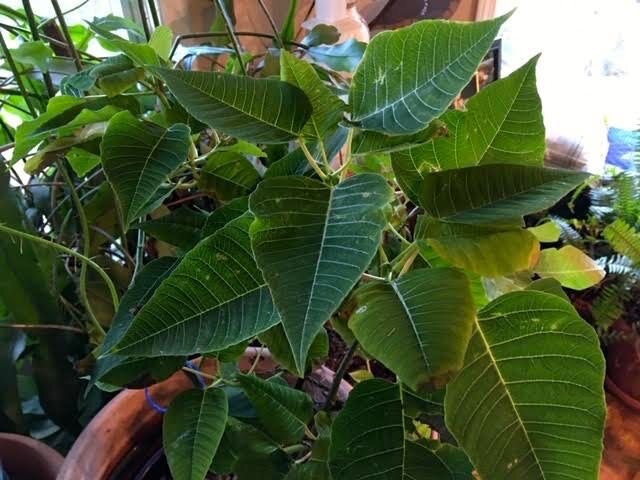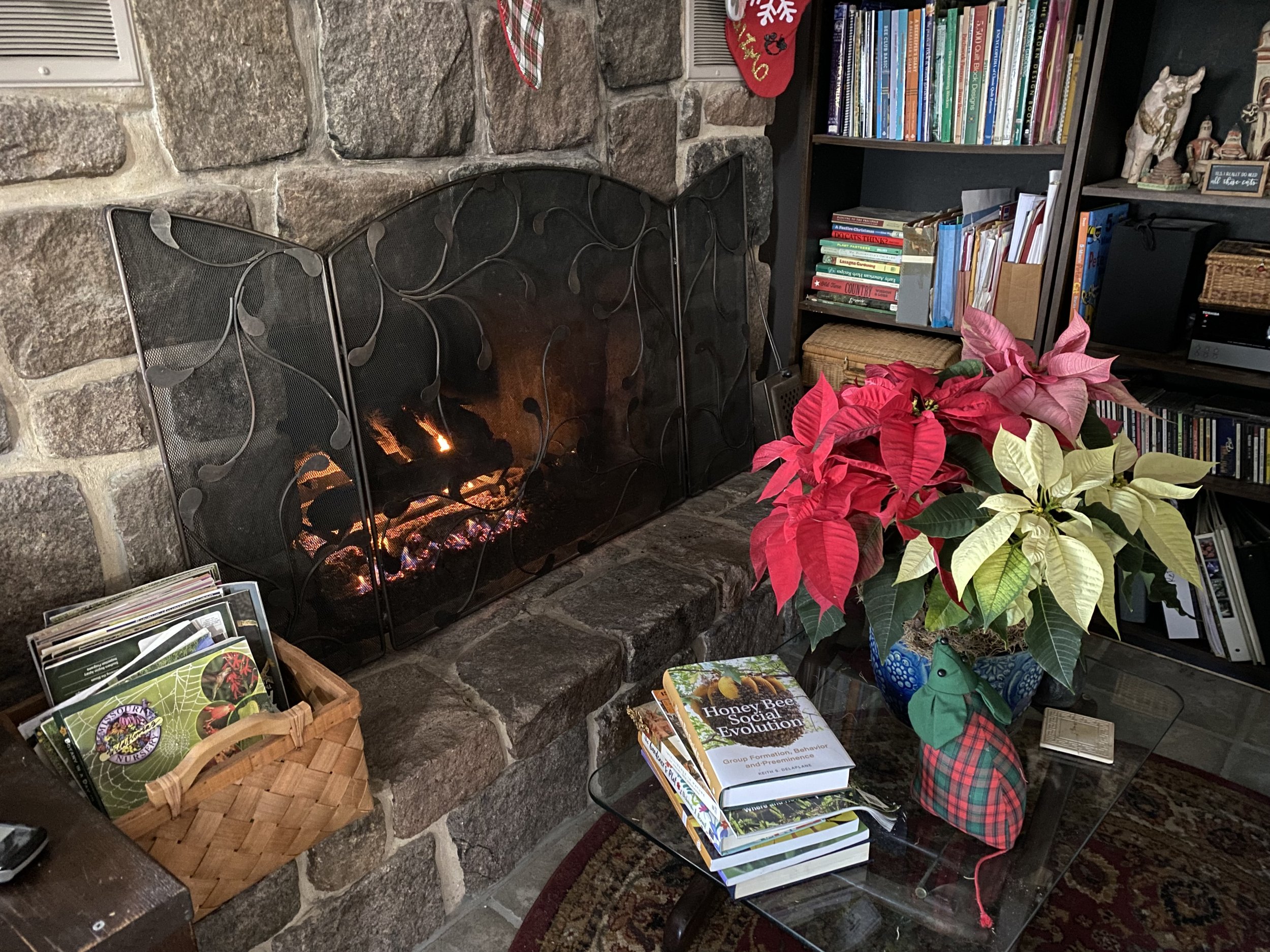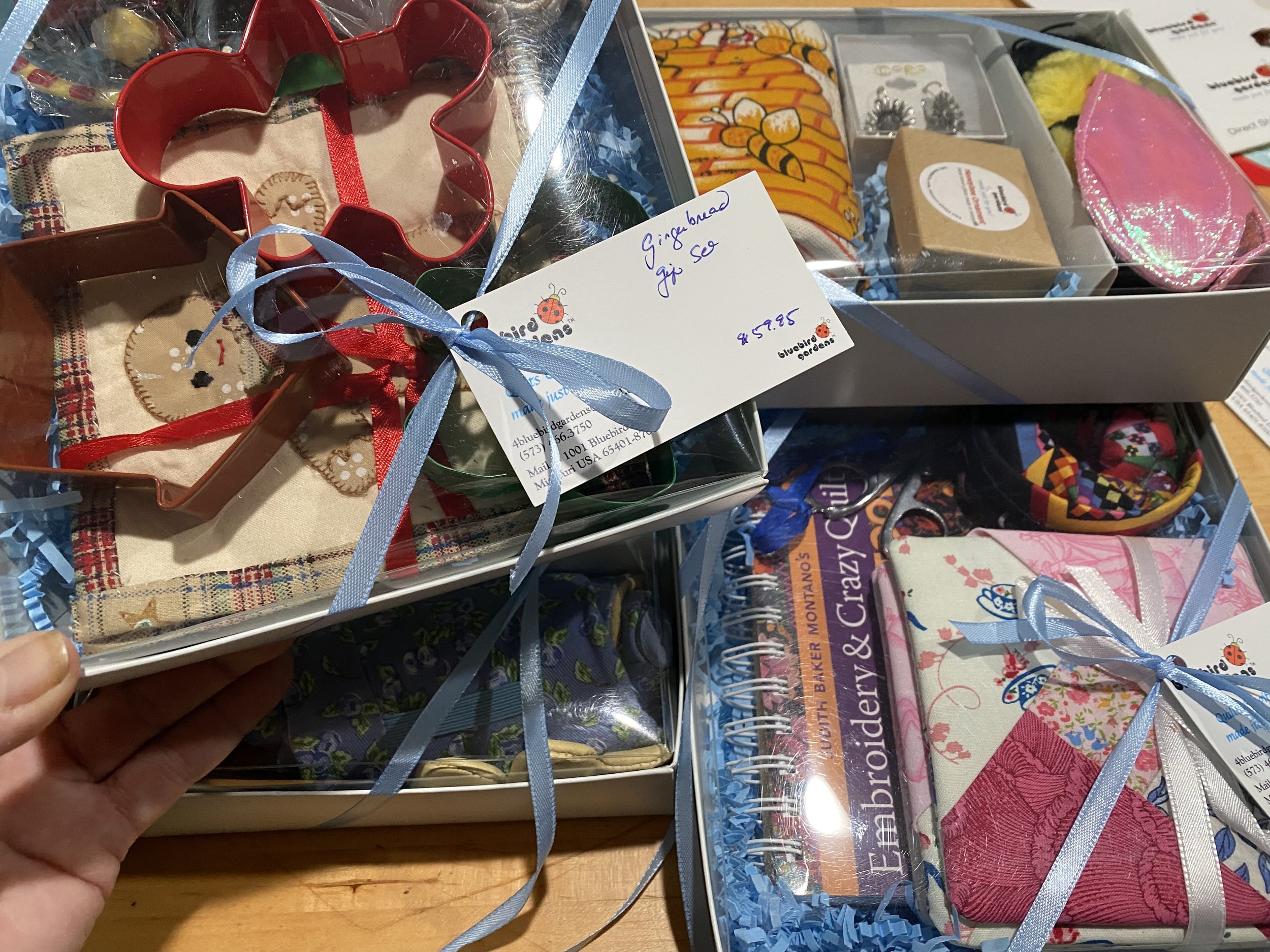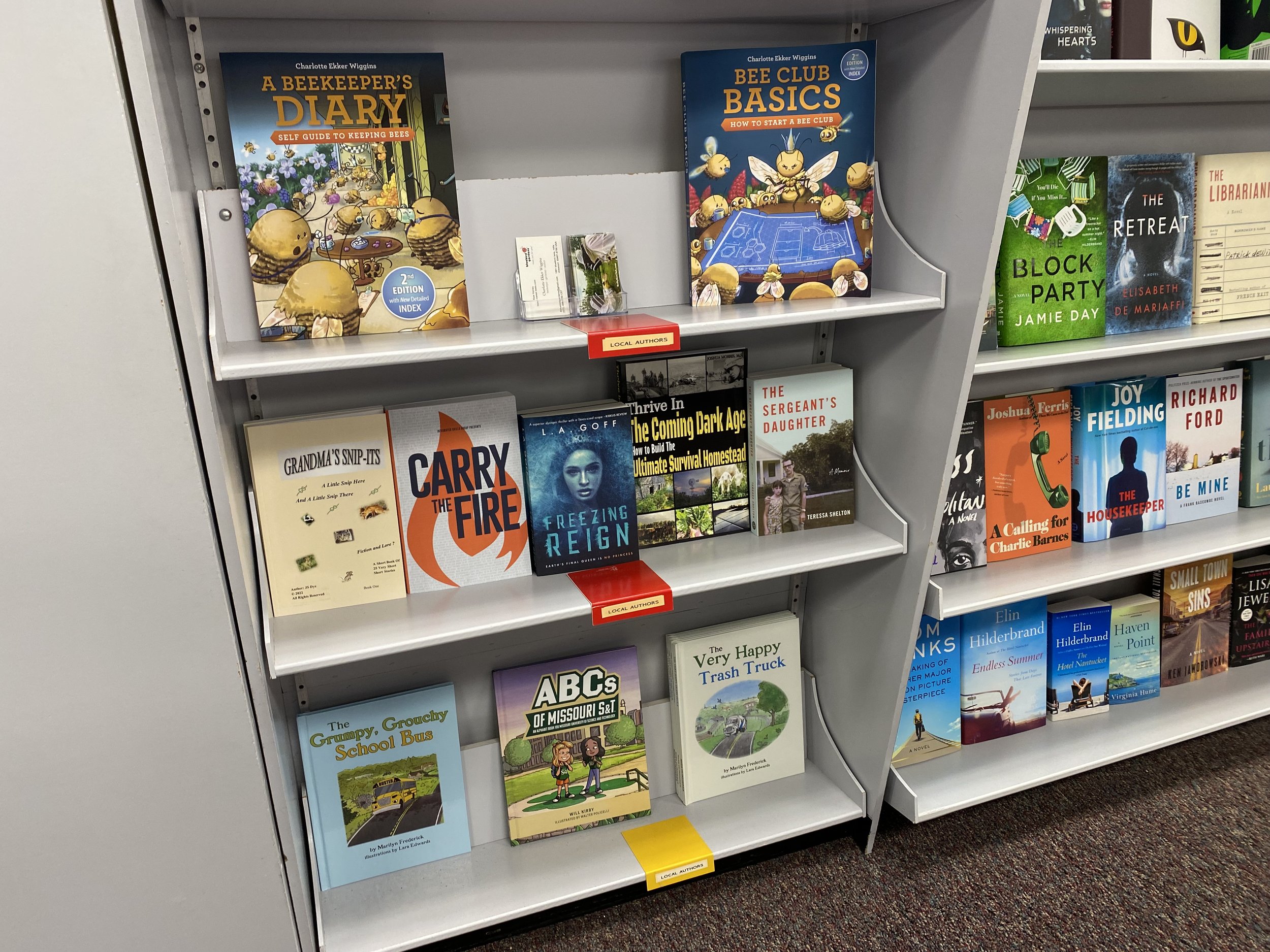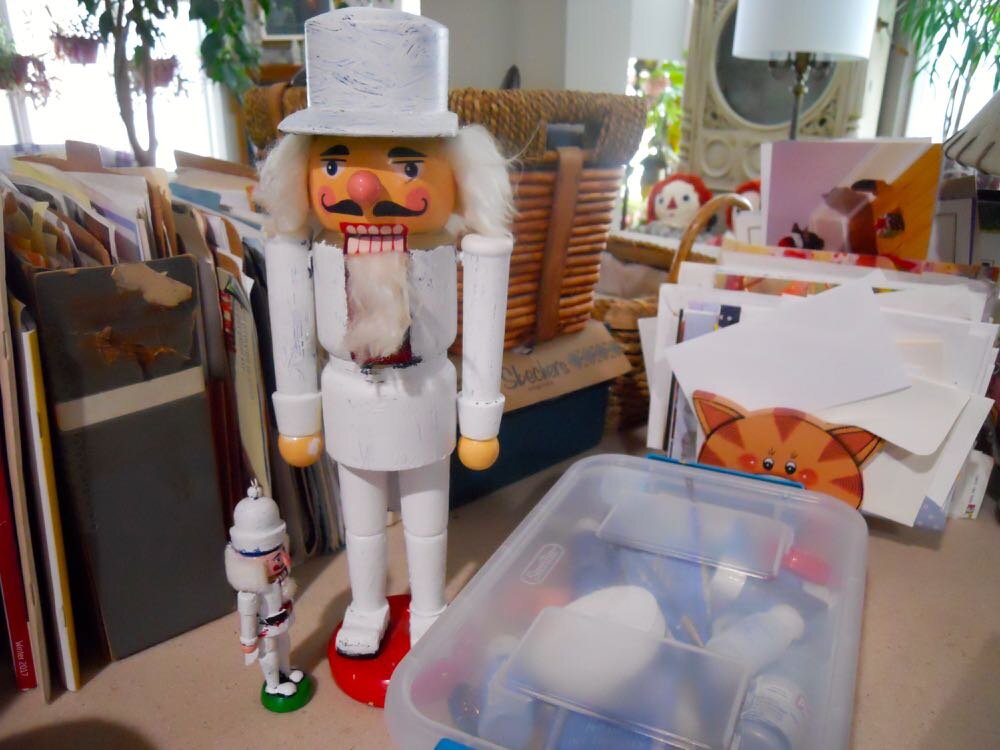Covering Stains
/Somehow I ended up with a stain on a favorite lightweight jacket. (Photo by Charlotte Ekker Wiggins)
Covering Stains
Do you ever get stains on your clothes?
So do I. Even worse, I sometimes get them on favorite pieces of clothing, usually ones I can’t easily replace. Since I shop at thrift stores, many of my favorite clothing pieces are not easily replaceable.
This lightweight beige jacket has been a wardrobe staple for years. Wish I could remember how it was stained but I frankly don’t know. What I do know is that the stain made the jacket unwearable.
Well, for a short time.
I took the jacket to my favorite embroidery shop and asked them to cover the stain with a floral pattern. After going through a number of pattern books, we settled on a design. The original order was tone on tone but a miscommunication gave me a red rose.
An embroidered red rose now covers the stained area. (Photo by Charlotte Ekker Wiggins)
The left stain was not as easy to see as the right one. They added another embroidered rose pattern to the left side, nicely covering that stain.
Two roses now cover the jacket stains. (Photo by Charlotte Ekker Wiggins)
The embroidered jacket is now back in use, the red roses a new favorite. And no thorns!
Charlotte


























